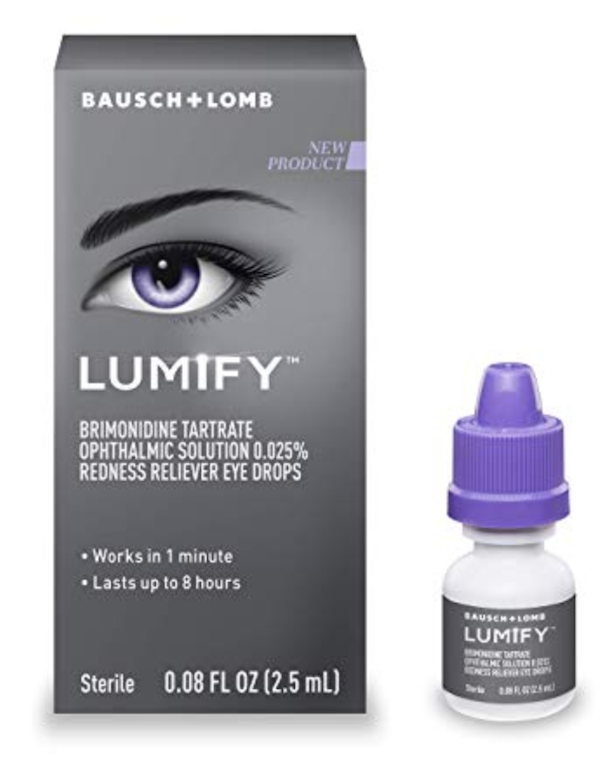How Often Should I Get An Eye Exam?
The answer depends on your age. This is because age is the single biggest risk factor for eye disease, including cataracts, glaucoma, and macular degeneration. The American Academy of Ophthalmology (AAO) recommends that asymptomatic people over the age of 65 with no risk factors should have a dilated eye exam every 1-2 years. An exam like this can be performed by either an optometrist or ophthalmologist. Here in northern Michigan, we are fortunate to have a number of qualified Traverse City ophthalmologists and optometrists. For younger patients, the frequency decreases; for instance, patients 55 to 64 years old should have a dilated eye exam at least every 1-3 years.
Won’t I Know If Something Is Wrong With My Eyes?
Sometimes I am asked, “But wouldn’t I know if something was wrong with my eyes? Why do I need to have a ‘routine’ eye exam?” One word: glaucoma. Glaucoma is a potentially blinding eye disease that is insidious because it is asymptomatic until very late in the disease cycle, when much sight has been lost. This is because glaucoma causes changes in the peripheral vision that often go unnoticed because the brain can “fill in the gaps”. I recently saw a heart-breaking case of a relatively young man who thought the vision in his left eye was getting dim because of the beginning of a cataract forming; he actually has very severe glaucoma that has taken over 80% of the vision in that eye. He even told me that an eye care professional in the past had been concerned about glaucoma affecting his peripheral vision, but the patient had reassured himself by seeing if he could see his fingers in his far peripheral vision (he could). However, on formal visual field testing in my Traverse City office he demonstrated significant visual field loss, resulting in “tunnel vision”. It turns out that testing yourself with your fingers in your peripheral vision is too crude to detect glaucomatous damage.
Preglaucoma? Don’t Hesitate To Get A Second Opinion
One final word on glaucoma, because it is such a serious condition that can cause blindness. Glaucoma is a difficult disease to accurately diagnose early in the disease cycle, and a number of different tests can be necessary. With that said, some unsavory eye doctors have been known to use this fact to “overtest” patients who “might have glaucoma” or “preglaucoma”. In the majority of cases, extensive repeat testing is not necessary in glaucoma suspects or preglaucoma. My statement to all patients is that if they ever question whether or not they are being “overtested” they should simply get a second opinion, which can provide peace of mind.






You must be logged in to post a comment.